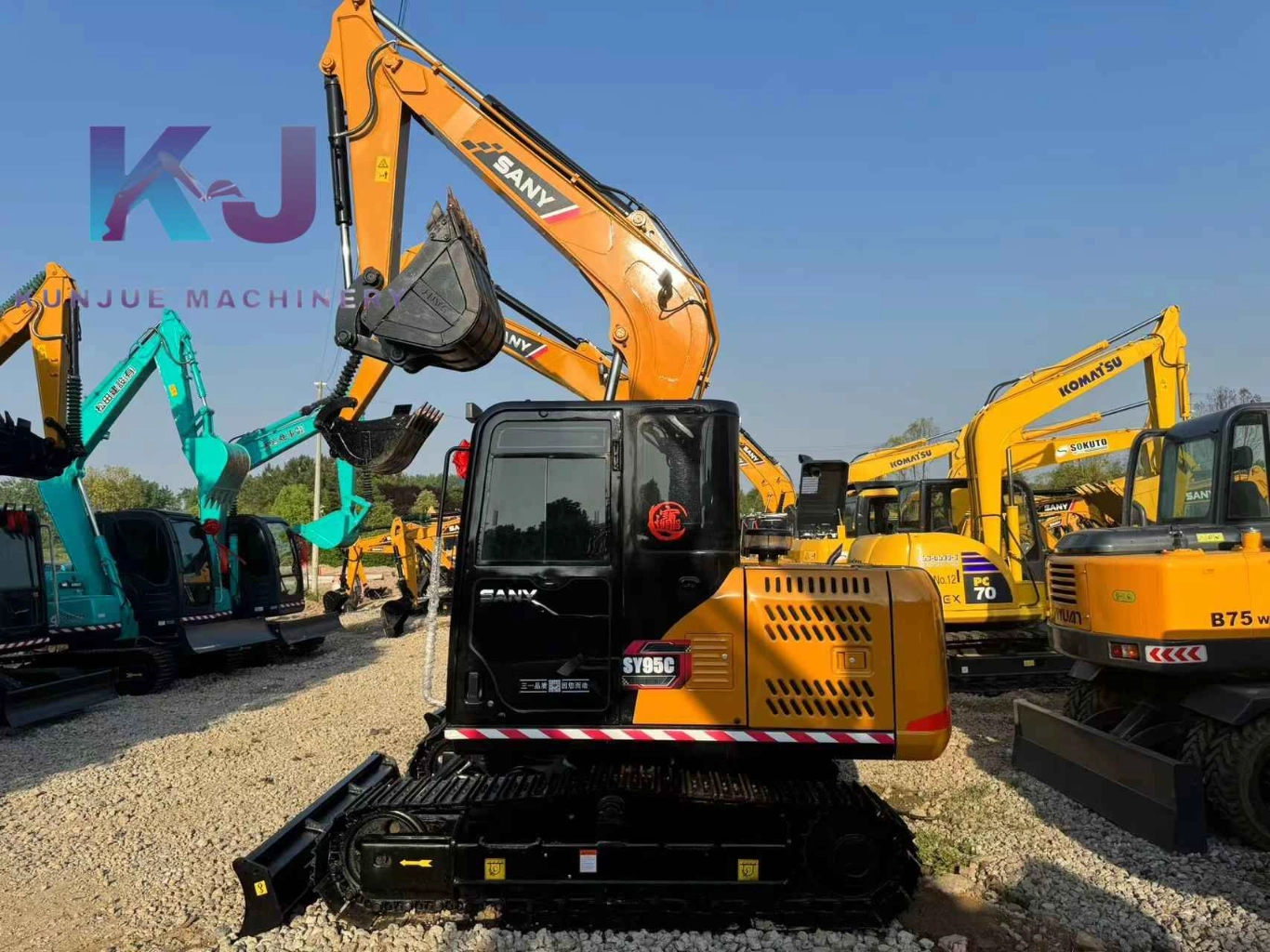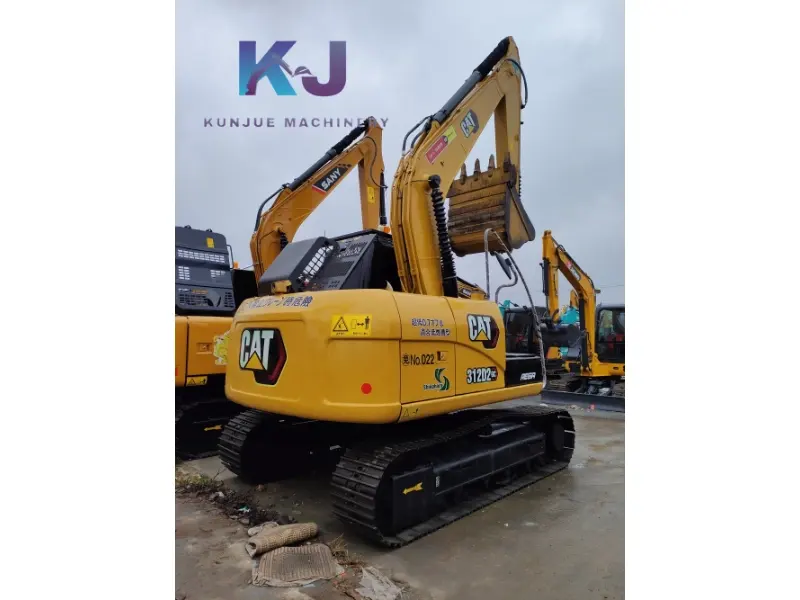La principale différence entre une pelle Komatsu 350 d'occasion et une pelle Komatsu 450
Date de sortie : 19/05/2025
Dans les secteurs de la construction et du génie civil, les excavatrices constituent des équipements mécaniques importants et sont largement utilisées pour diverses tâches de construction. Chaque modèle possède ses propres caractéristiques et avantages, et s'adapte à des besoins d'ingénierie de différentes tailles et types. Parmi les deux modèles classiques d'excavatrices, la pelle Komatsu 350 d'occasion Les pelles Komatsu 450 d'occasion présentent des différences significatives en termes de capacité opérationnelle, de domaines d'application et de coûts de maintenance. Cet article analyse en détail les principales différences entre ces deux pelles d'occasion, afin que nos entreprises puissent choisir la machine adaptée à leurs besoins réels.
Tout d'abord, la capacité opérationnelle constitue l'une des différences les plus évidentes entre les deux pelles. Le poids en ordre de marche de la pelle Komatsu 350 est généralement d'environ 35 tonnes, ce qui convient aux travaux de terrassement de taille moyenne, aux projets miniers et aux travaux de construction municipaux. La capacité de son godet, généralement d'environ 1,3 m³, permet d'effectuer efficacement des travaux de terrassement relativement légers et de manutention de matériaux de construction. pelle Komatsu 450 d'occasion Relativement imposant, avec un poids opérationnel d'environ 45 tonnes, il est adapté aux environnements de travail complexes et soumis à de lourdes charges. Sa capacité d'environ 2,2 m³ permet de réaliser des travaux de terrassement de grande envergure, de chargement de minerai et de démolition de bâtiments de grande envergure.
Deuxièmement, en termes d'applications, la pelle Komatsu 350 est plus adaptée aux environnements de travail relativement étroits tels que la construction urbaine, la construction de routes et le creusement de fossés, grâce à sa petite taille et à sa grande mobilité. La pelle Komatsu 450 est plus adaptée à l'exploitation minière, aux grands projets de construction et autres projets industriels lourds, grâce à sa forte capacité de charge et à son plus grand rayon d'action. Elle peut ainsi exploiter pleinement ses atouts sur des chantiers plus vastes et complexes.
La mobilité et la flexibilité constituent une autre différence majeure entre les deux machines. Grâce à sa taille et à son poids réduits, le Komatsu 350 offre une grande mobilité et peut évoluer librement dans les espaces restreints, ce qui le rend particulièrement adapté à l'environnement complexe de la construction urbaine. De plus, sa consommation de carburant est relativement faible, ce qui lui permet de fonctionner en continu pendant de longues périodes. Le Komatsu 450, quant à lui, est plus grand. Bien qu'il offre une meilleure efficacité opérationnelle sur les chantiers plats et ouverts, sa maniabilité dans les espaces restreints est légèrement inférieure.
En termes de maintenance et d'entretien, les exigences des deux machines diffèrent également. Le coût de maintenance de la pelle Komatsu 350 est relativement faible, ce qui convient aux petites et moyennes entreprises. Grâce à sa configuration standard et à sa charge d'exploitation plus légère, la fréquence des pannes est relativement faible et son cycle de maintenance est relativement flexible. Cependant, en raison de sa forte capacité de charge et de son intensité d'exploitation plus élevée, le coût de maintenance de la Komatsu 450 est relativement élevé. Certains composants soumis à de fortes charges doivent être inspectés et remplacés régulièrement pour garantir un fonctionnement stable à long terme.
Les pelles Komatsu 350 et Komatsu 450 d'occasion présentent chacune leurs propres avantages et applications. La première est plus adaptée aux chantiers de petite et moyenne envergure, offrant une meilleure maniabilité et des coûts d'exploitation réduits ; la seconde, quant à elle, est performante pour les opérations lourdes et convient aux grands travaux de terrassement et aux opérations minières. Choisir le bon modèle permet non seulement d'améliorer l'efficacité de la construction, mais aussi de réduire le coût global du projet grâce à la performance de l'équipement. J'espère que l'analyse comparative présentée dans cet article vous aidera à prendre des décisions éclairées face à différents besoins de construction.


